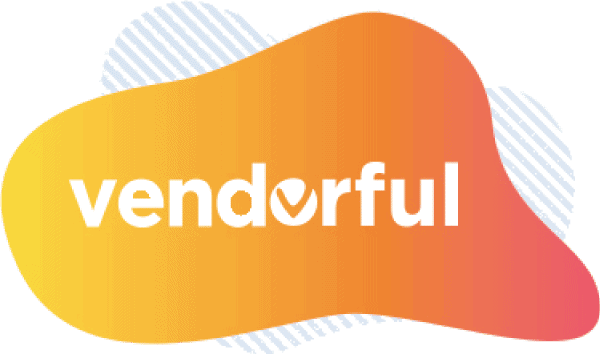Have you recently evaluated the effectiveness of your organization's procurement process? When products or services purchased do not properly align with your business goals, it can be costly. A study conducted by IDG stated that technology purchases tied to business typically involve 15.5 people across 5.8 different functions. However, most organizations are not equipped with good tools to manage their RFP process which typically leads to low stakeholder engagement to minimize both the complexity and cost of the process.
A collaborative process that includes a cross-functional team is critical to achieving good purchasing outcomes. This engagement increases transparency, which ultimately leads to more efficient and innovative solutions for your organization. While bringing 15.5 people across 5.6 different functions is likely going to help you drive an optimal outcome, the cost of doing so might be prohibitive for many organizations.
Coordinating calendars becomes increasingly challenging as the number of stakeholders increases. Those ever-growing email threads—with attachments galore—pose yet another problem. Inadequate tools can result in a process that is so onerous and expensive, it can even undermine the ROI benefit of choosing the ideal vendor. To see how this might happen, let’s put some numbers around it.
Let’s imagine an organization is looking to procure around $500,000 in IT services from a vendor. The sourcing team involves all 15 stakeholders and each stakeholder commits to an average of 10 hours per week over the next 10 weeks. If the average employee at this company makes $75,000 per year and you include additional expense such as payroll taxes, benefits, and office space; we are probably looking at close to $100,000 per year in loaded costs.

$100,000/year x 15 people x 20% of 1 year x 25% of weekly work hours = $75,000.
$75,000 represents 15% of the total budget that was allocated for this sourcing project, which increases the threshold to generate positive ROI. However, $75,000 only constitutes part of the expense. It is important to realize that when stakeholders are engaging in the procurement process, they are not focused on their primary job. To get a sense of the cost, let’s assume that 13 of the 15 people involved are stakeholders who are not in the procurement department. The opportunity cost associated with their participation in sourcing would be $65,000.
As an organization, what are you supposed to do? It seems as if one option is to have procurement run this process themselves. By doing so, however, you put your organization at risk of purchasing products or services that do not align with business goals. It also causes a common disconnect between those who are purchasing the products or services and those who actually use them. On the other hand, if the cost to run an RFP for a $500,000 purchase is $130,000, there is a distinct possibility that there will be negative ROI even if the ideal solution is selected.
Are you wasting time and money on an ineffective sourcing process? Check out the cost associated with engaging internal stakeholders in a manual procurement process:
- Take the salary of each stakeholder
- Multiply that number by the number of stakeholders involved
- Multiply that number by % of weeks dedicated to sourcing over the course of the year
- Multiply that number by % of weekly work hours dedicated to the sourcing process
If you are not seeing the return, it is time to consider implementing RFP management software. RFP management software optimizes outcomes for vendors and buyers and further improves ROI by streamlining the process. It will improve the overall quality of purchasing decisions through the consolidation of information, increased stakeholder engagement and time savings. Set up a free account at Vendorful to see how an RFP management solution can improve your sourcing process.
